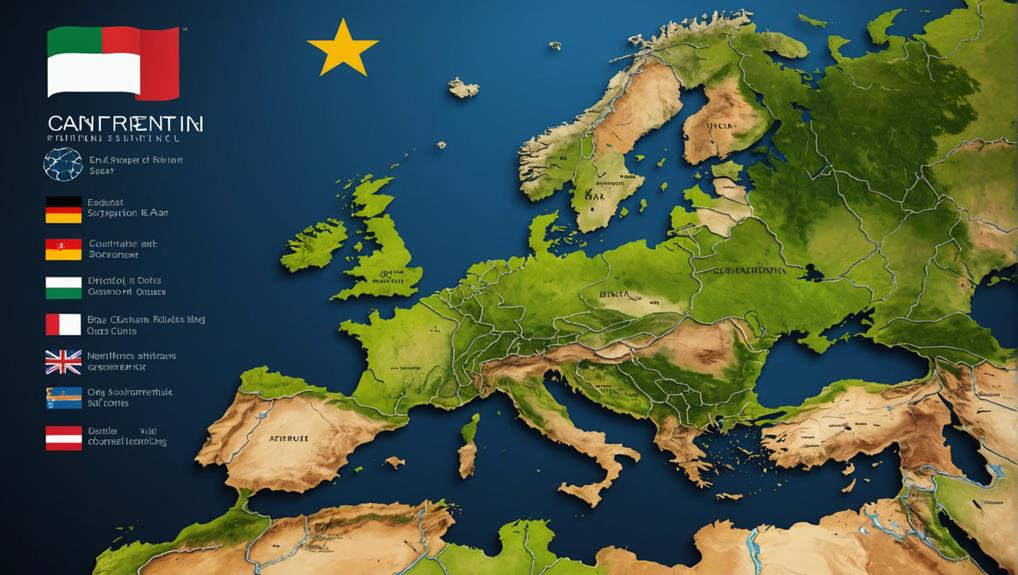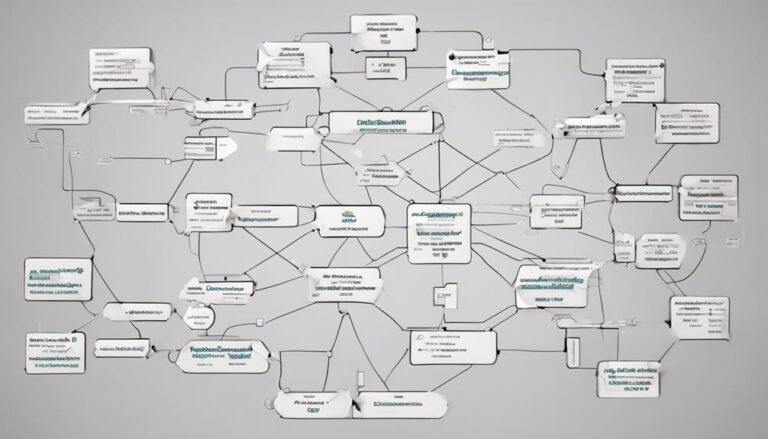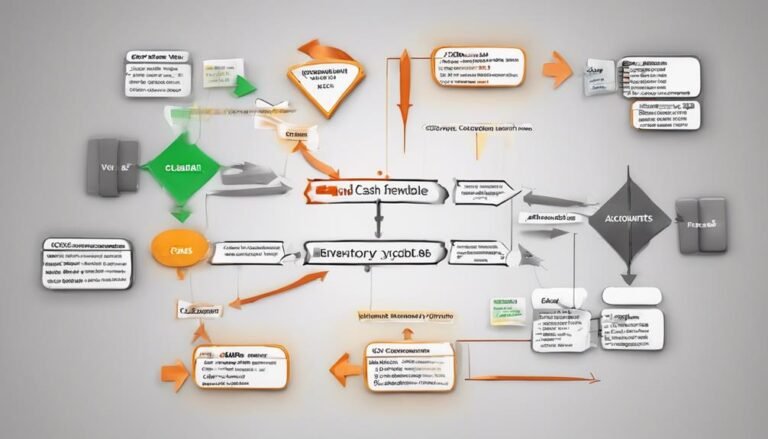What Is Emea? Included Countries and Importance in Business
EMEA, encompassing Europe, Middle East, and Africa, is pivotal for businesses seeking expansion. Its diverse markets provide a plethora of opportunities and challenges, reflecting a rich tapestry of economic potential. With a varied landscape of political systems and languages, EMEA offers a dynamic environment for corporations. The region's unique mix of cultures and economies presents promising sectors for investment, from technology to healthcare. To succeed in EMEA, understanding nuanced cultural differences and regulatory landscapes is imperative. For a more in-depth insight into EMEA's significance and future trends, explore further into the intricacies of this vibrant market.
Key Takeaways
- EMEA comprises Europe, Middle East, and Africa regions.
- Offers diverse business opportunities for companies.
- Encompasses unique economic growth prospects.
- Challenges include regulatory hurdles and cultural diversity.
- Future trends indicate technological advancements and increased investment opportunities.
EMEA Definition and Significance
EMEA, an acronym denoting Europe, Middle East, and Africa, plays a significant role in the strategic organizational framework of global corporations. This region offers geographical diversity, enabling companies to expand their operations across a wide range of political systems, languages, and cultures.
From democracies to autocracies, EMEA presents a spectrum of political environments, while languages such as Arabic, French, Russian, and English are spoken throughout the region. Such diversity poses challenges but also opportunities for corporations looking to establish a presence in these markets.
Included Countries in EMEA
A diverse array of countries across Europe, the Middle East, and Africa are encompassed within the EMEA region. This regional diversity presents unique opportunities for economic growth and business expansion.
The inclusion of countries with varying political systems, languages, and cultures within EMEA creates a dynamic business environment. From Western Europe with its developed economies to the emerging markets of the Middle East and Africa, EMEA offers a wide range of economic growth opportunities for businesses looking to expand their operations.
Companies operating in EMEA can benefit from the convenience of shared time zones while managing the challenges posed by the diverse political landscapes and languages present across the region. Overall, the EMEA region is a rich tapestry of business potential waiting to be explored.
Business Opportunities in EMEA
The diverse array of countries within the EMEA region presents numerous enticing business opportunities for corporations seeking to expand their operations and tap into new markets. Conducting a thorough market analysis in EMEA can reveal promising sectors for investment and growth. Opportunities in industries such as technology, energy, healthcare, and infrastructure are abundant across various countries in Europe, the Middle East, and Africa.
Understanding the cultural nuances and regulatory environments of each market is essential for success. Companies can leverage the region's diverse consumer base and skilled workforce to establish a strong presence and drive profitability. By strategically identifying and capitalizing on these opportunities, businesses can position themselves for sustainable growth and competitive advantage in the EMEA region.
Challenges of Operating in EMEA
Traversing the intricate business landscape of the Europe, Middle East, and Africa (EMEA) region presents a myriad of operational hurdles for corporations aiming to establish a foothold in diverse markets. One significant challenge is the vast cultural diversity within EMEA, where companies must navigate varying norms, languages, and business practices.
This diversity can lead to communication barriers, misunderstandings, and challenges in building relationships with local partners and customers. Additionally, regulatory hurdles in EMEA can be complex and stringent, requiring businesses to adapt to different legal frameworks, compliance standards, and bureaucratic processes across multiple countries.
Successfully overcoming these challenges demands a deep understanding of the region's cultural nuances and a proactive approach to compliance and risk management.
Future Trends in EMEA
Exploring the evolving landscape of the Europe, Middle East, and Africa (EMEA) region reveals emerging trends poised to shape the future of business operations in this diverse market. Technological advancements and market trends are key drivers influencing the business environment in EMEA. Rapid digital transformations are reshaping industries, creating both challenges and opportunities. Economic growth and investment opportunities are also on the rise, attracting businesses looking to expand their presence in this dynamic region. As EMEA continues to evolve, staying informed about these trends will be essential for companies seeking to navigate the complexities of operating in this diverse market.
| Emerging Trends in EMEA | Impact on Business Operations |
|---|---|
| Technological Advancements | Enhanced Efficiency |
| Market Trends | Shifts in Consumer Behavior |
| Economic Growth | Increased Investment |
| Investment Opportunities | Expansion Possibilities |
| Regulatory Changes | Compliance Challenges |
Conclusion
To sum up, the EMEA region plays a critical role in global business operations, encompassing Europe, the Middle East, and Africa. With its diverse political systems, languages, and cultures, EMEA presents both challenges and opportunities for multinational corporations.
One interesting statistic is that the EMEA region accounted for 25% of the world's GDP in 2020, highlighting its significant economic importance in the global market.







